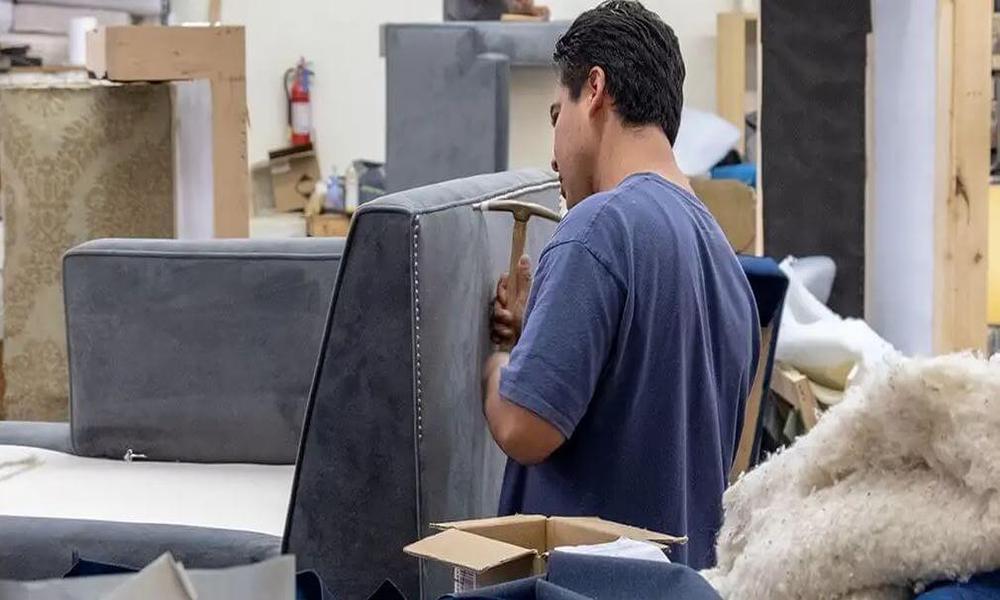Benefits of Foam Filling for Your Home
Energy Efficiency: Foam filling provides excellent insulation, which can reduce heat loss in the winter and heat gain in the summer. This can significantly reduce your energy bills and make your home more comfortable year-round.
Noise Reduction: Foam filling also has sound-deadening properties, which can help reduce noise from outside and between rooms within the home.
Improved Indoor Air Quality: Foam filling can help improve indoor air quality by reducing drafts and air leakage, which can lead to a buildup of dust, pollen, and other allergens in the home.
Moisture Resistance: Foam filling is resistant to moisture, which can help prevent mold and mildew growth within the home.
Increased Home Value: Investing in foam filling can increase the resale value of your home, as it is a desirable feature for many homebuyers.
Factors to Consider When Choosing Foam Fillings
- Density: Foam density refers to the weight of a given volume of foam. The higher the density, the more durable and supportive the foam is likely to be. Lower density foam may be softer and more comfortable but may not provide enough support.
- Firmness: Foam firmness refers to how soft or hard the foam is. Different applications may require different levels of firmness, depending on the desired comfort and support level.
- Compression: Foam compression refers to how much the foam can be compressed before losing its shape. This is an important consideration for applications such as seat cushions or mattresses, where the foam needs to be able to bounce back to its original shape.
- Durability: The durability of foam can be affected by various factors such as the quality of the foam material and the level of usage it will undergo.
- Chemical composition: Some foam fillings may contain chemicals that are harmful to human health, such as formaldehyde or flame retardants. It is important to consider the chemical composition of the foam before selecting it.
- Price: The cost of foam fillings varies depending on the density, firmness, and other factors. It is important to consider the cost in relation to the application and expected lifespan of the foam.
DIY Tips for Implementing Foam Filling
- Choose the Right Type of Foam: There are several types of foam available for filling, including spray foam, rigid foam, and foam sheets. Consider the application and the environment in which the foam will be used to select the most suitable type.
- Prepare the Surface: Ensure that the surface to be filled is clean and dry. Remove any loose particles, dirt, or debris from the surface. You can also use a primer to ensure that the foam adheres to the surface properly.
- Protect Surrounding Areas: Use protective gear, such as gloves, goggles, and a respirator, when working with foam filling. Also, protect the surrounding areas from overspray or spillage using masking tape or plastic sheets.
- Mix the Foam Properly: If you’re using a two-part foam, follow the instructions carefully and mix the components thoroughly before application. This will ensure that the foam expands and sets correctly.
- Apply the Foam Carefully: Apply the foam in thin layers to prevent overfilling and ensure even distribution. Work in small sections and allow each layer to dry before adding the next one.









